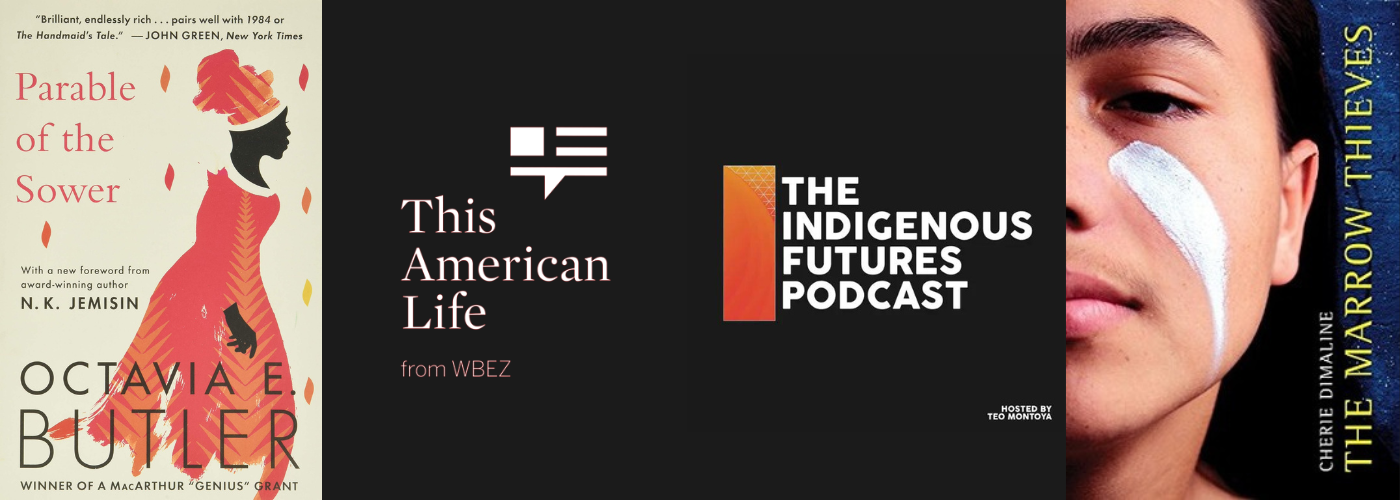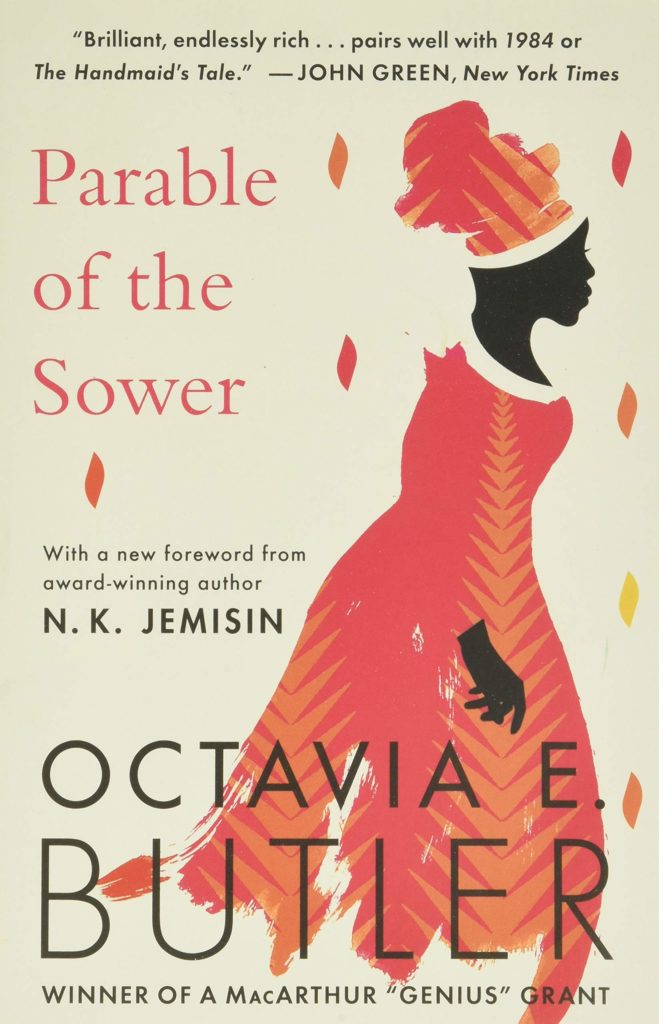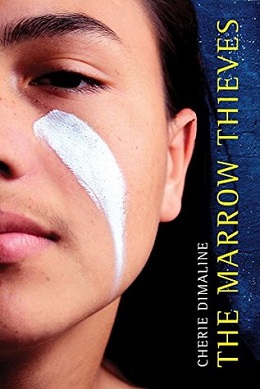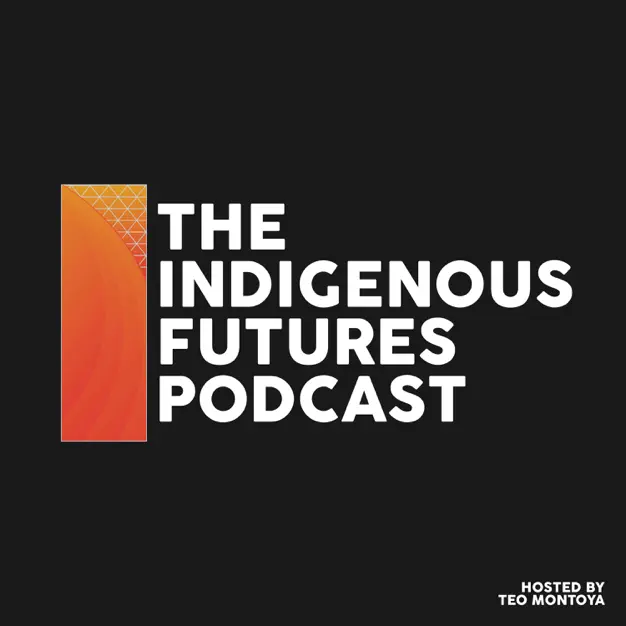
Author Lara Saguisag, associate professor, English Department, CUNY-The College of Staten Island.
Lara Saguisag is one of the co-organizers of the 2022 UN-PIT Annual Convening. She is an associate professor of English at the College of Staten Island-City University of New York. In fall 2022, she will be joining New York University as Georgiou Chair in Children’s Literature and Literacy.
Drawing from science fiction tropes and imagery, Afrofuturism and Indigenous Futurism connect the past, present, and future, revealing how the brutal histories of slavery and settler colonialism define and determine our current moment and moments yet to come. But these movements also remind us how critically reflecting on the past can open pathways to realizing utopia. As we confront various economic, health, and environmental crises, Afrofuturist and Indigenous Futurist artists, thinkers, and activists push us to imagine alternatives to colonialism, capitalism, extractivism, and White supremacist structures and technologies. They provide models on how to resist dehumanization and dispossession, how to keep creating and regenerating in the face of horrific violence, loss, and trauma.
The 2022 Public Interest Technology University Network Convening, taking place Oct. 28-29, will center Afrofuturism and Indigenous Futurism, as making space for Black and Indigenous knowledge, technologies, and leadership is necessary to securing a joyful and just future for all. This reading list is designed to help you prepare for day two, the UNConvening:
First published in 1993, Butler’s novel is stunning in its prescience: It imagines the United States in the 2020s to be a nation deeply wounded by political discord, severe economic inequality, corporate greed, disease, and climate change. The protagonist, a Black teen named Lauren Olamina, suffers terrible losses. Yet she pushes through a series of crises, as she is committed to building a religious community that emphasizes consensus, adaptability, and a respectful relationship with nature.
This episode from the popular podcast This American Life focuses on Afrofuturism. It includes features on Amalgam Comics, a Black-owned comic book store in Philadelphia, and Ingrid LaFleur, an artist and curator who ran in the 2017 Detroit mayoral race as an Afrofuturist candidate. The episode also includes Azie Dungey’s recollection about how she portrayed Caroline Branham, a Black woman enslaved by George Washington, for tourists who visited the first president’s estate at Mount Vernon.
Set in the near future, Dimaline’s novel alludes to Indian residential boarding schools. Through these institutions, young Indigenous children were forcibly separated from their families and communities, suffered abuse, and were violently “assimilated” into White Christian culture. In Marrow Thieves, the schools are reimagined as makeshift laboratories that are designed to extract the marrow — and dreams — of Indigenous peoples. But such bleak imagery is contrasted by depictions of Indigenous characters fighting for their collective survival through storytelling, the preservation of their languages and traditions, and prioritization of the community.
In his podcast, writer, music-maker, and Indigenous futurist Montoya asserts that the act of narration — especially narrating the future — is essential to preserving and expanding Indigenous knowledges and technologies. Several episodes discuss the preoccupations and visions of Indigenous science fiction writers. While the podcast is largely directed toward Indigenous audiences, non-Indigenous listeners could reflect on these episodes and take on the challenge of giving back space to Indigenous thinkers, artists, and futurists.





